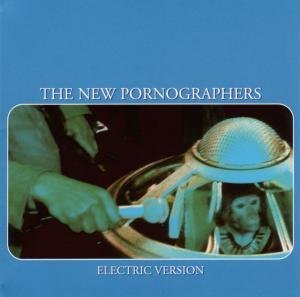JV: I would say that you cannot make a really good player if you have those parts in separate boxes. Using the SP-DIF connection (which stands for Sony/Philips Digital Interface) that particular piece of circuitry and that particular way of doing it, I don't think that it's possible to make a decent sounding player having a separate box in that way. It may be possible if you use something like a 50Mhz bandwidth optical fibre, and a whole lot of other expensive technology to do a reasonable job, but I still don't think that even that is as good as having all those bits clustered around each other on the printed circuit board so you have control of all the references and the noise and jitter and all those sorts of things. It's really, it's sort of like designing a car and putting the engine in a trailer behind you.
PS: Well you know there are such apparent, at least on a superficial level, such contradictions here. Most audiophiles or even people very modestly acquainted with audio if you shake them awake at 4 o'clock in the morning and ask them which is better, receivers or separates, they would say separates of course without really knowing why, and yet that idea has really permeated the, what you might call the marketing layer of the business, and has carried over to some extent, maybe as it turns out completely spuriously, into the business of CD players. The idea that well it can't be any good if it's all in one box. The audiophile's constant pre-occupation with sort of making his or her own choices, not taking any one manufacturer's ideas as a whole. The idea of being able to have so and so's transport and whosies digital to analog processor is very appealing on some level that I think may actually stem from the idea that separate tuners and pre-amps and power amplifiers are necessary. And you are now debunking that sort of folk notion?










